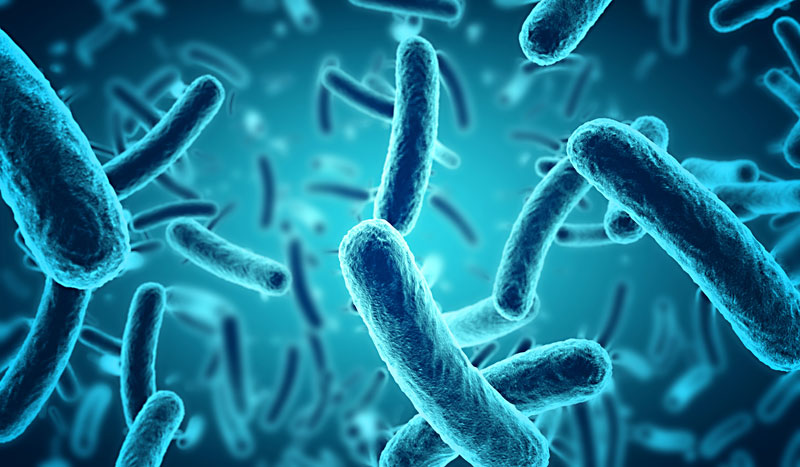UT Discovery About Bacteria Could Help Prevent Antibiotic Resistance
Causing amnesia, for good!
By Hannah Rossi, Fri., Dec. 22, 2023
Now losing their battle against humanity, bacteria appear to be taking the "evolve or die" mandate seriously, adapting in pace with antibiotic development. Bacteria resistant to antibiotics kill tens of thousands of Americans each year, according to the CDC.
Racing against resistance, researchers in a UT-Austin lab recently released a paper that they say contains major clues into the mystery of bacterial strategization: the generational persistence of cell memory, and iron's impact on it.
Like many discoveries, the finding birthed itself from error. "We landed on the project serendipitously," lead researcher Souvik Bhattacharyya recounts. "There was a mishap in the experiments, I got a weird result, and I followed that observation." Rounding off his post-doc at the time, Bhattacharyya says that the mistake came to him in 2020 while holed up in a lab working with E. coli.
Known best perhaps for their work in the Great Chipotle Moratorium of 2015, E. coli use taillike structures called flagella to spread over surfaces in a "swarming" motion. Dry surfaces are well-suited to this kind of movement, allowing cells to come together in rounded patterns typical of bacterial colonies. Dampened ones, on the other hand, produce a different shape – the first tip-off to Bhattacharyya that he had, in fact, failed to properly dry his test plates.
Though intrigued by this result, Bhattacharyya says that it took a conversation with a colleague to resurface the interest a year later. "I said, 'Hey, I have this data: I see this weird pattern when I put [cells] on hard surfaces [where] they can't really swarm,'" recalls Bhattacharyya. "'But I think they're still trying to swarm, so that's why they formed these weird colonies. So maybe they have some sort of memory.'"
While we've known that bacteria are capable of forming short-term memories for some time now, Bhattacharyya says that the lab's investigation gave way to two new – and potentially far-reaching – conclusions. First, that bacterial memory can be passed along to several generations. But secondly, it presented a path forward to stop antibiotic resistance. For bacteria to form these long-lasting memories, they must maintain iron homeostasis (a state of balance between low and high levels). Basically, if we can disrupt that homeostasis, we may be able to prevent strains of bacteria from becoming immune to antibiotics.
"Iron is crucial – essential – for life. You can't have life without iron," explains Bhattacharyya. Absent high levels of iron, the project's researchers think that bacteria seek it through the formation of rapid swarming patterns, observed in Bhattacharyya's initial error. Conversely, cells with high levels of iron grow inert and form biofilms, which are robust barriers against antibiotics. At iron homeostasis, bacteria still possess a strong degree of resistance. "More molecular mechanisms need to be disarmed – that's what I like to do," Bhattacharyya says.
Though lead on the project, Bhattacharyya says it couldn't have gotten off the ground without staunch support from lab leaders and mentors. "That requires courage, because these projects can fail," he notes. "So that's why it is important to recognize that there are people who are there to support you."
Got something to say on the subject? Send a letter to the editor.









